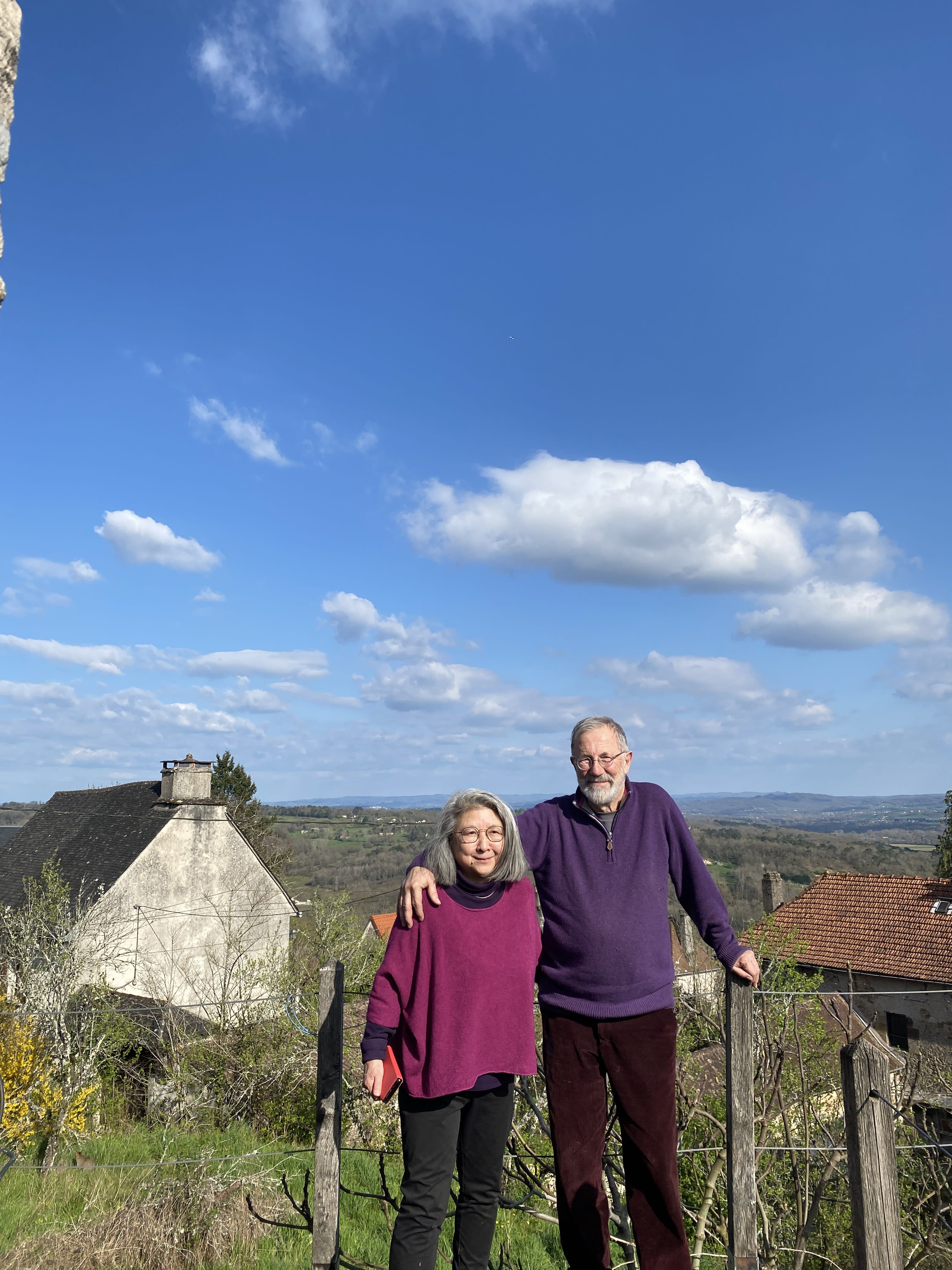
Andoche Praudel is a French artist, philosopher, ceramicist and paintier. After earning a PhD in Philosophy (specifically, Aesthetics) from Paris X–Nanterre University in 1978, he discovered his love of ceramics in 1989 under the guidance of Shôzô Tanida in San Miguel de Allende, Mexico. He deepened his practice through residencies and studio work in Japan between 1993 and 1995, where he notably worked with Ryoji Koié, and was later an artist-in-residence at the Villa Kujoyama in Kyoto in 1999. A member of the International Academy of Ceramics (IAC) from 2009 to 2023, Praudel continues to explore the intersection of thought and material through his ceramic practice. Ahead of presenting his work in the group exhibition Crafts Garden: Landscape in Japanese Art at Ippodo Gallery New York (May 2025), we spoke with him about the journey and process behind his creations.
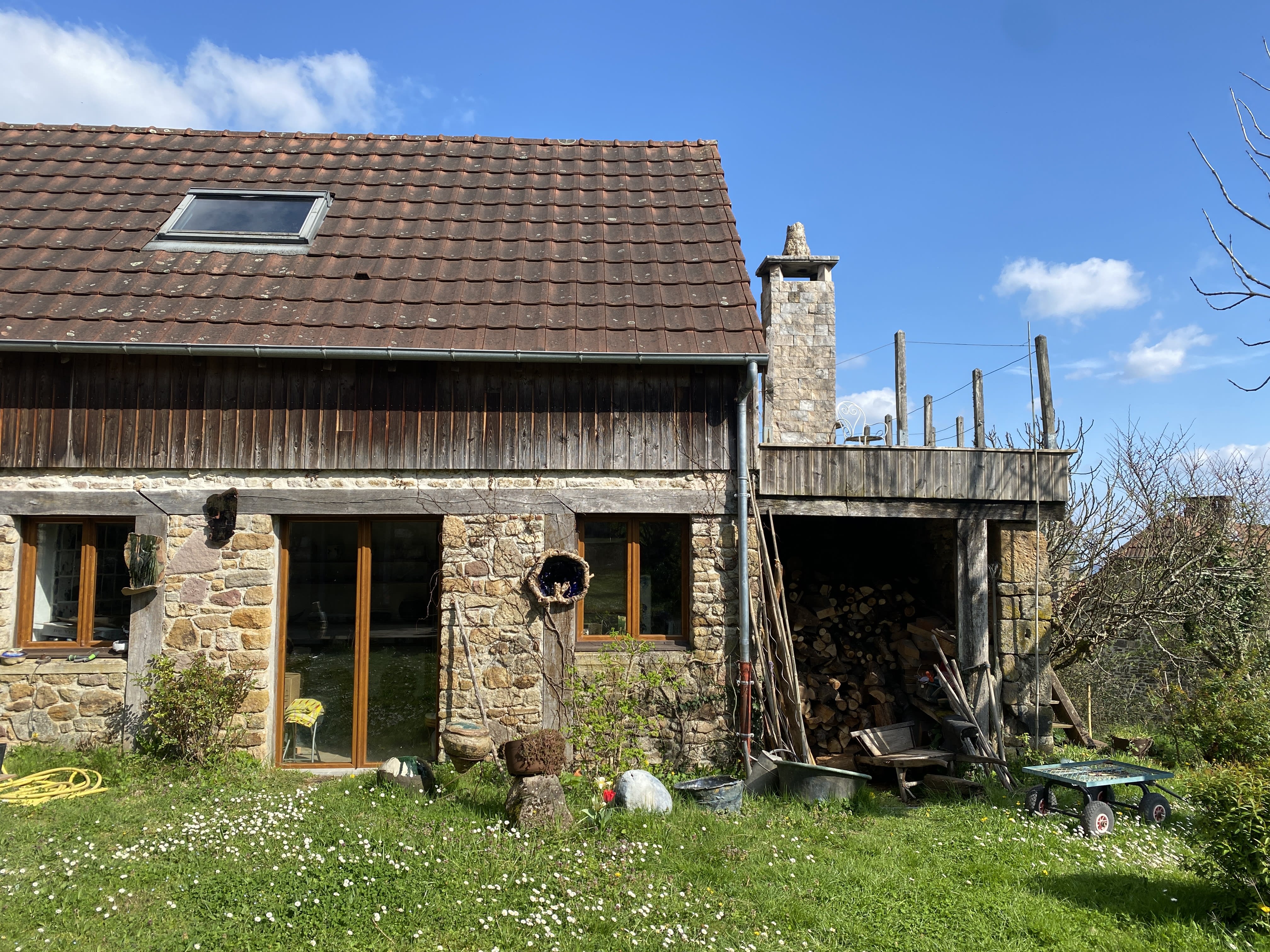
Andoche Praudel
Shôzo Tanida didn’t consider himself an artist and was really modest. He used to live in some cabins behind Kawanishi highway. But he kindly understood at once that I had more ambition; as soon as I had an idea, he would search for ways to help me. He always used white Shigaraki clay, but when I tried the red one, I was really pleased with the result in anagama. "So, you will try too?" I asked. He just laughed. He enjoyed having fun and would party with his students. He was born during the war and had seen bombing in Osaka – he didn’t want to expose himself to more suffering, I think. I strove to look beyond my work and he was proud when I could do so. At that time (1993), I got a grant to write a book on Japanese ceramics . So, I travelled all around Japan, in museums and studios. There, I discovered a world. A world centered on clay. In Europe, it appeared to me that we had always hidden clay (with white slip, for example, in the case of majolica). Clay means Earth, it means Nature. Until then I had tried to go out of the frame, but painting in itself didn’t allow for it...
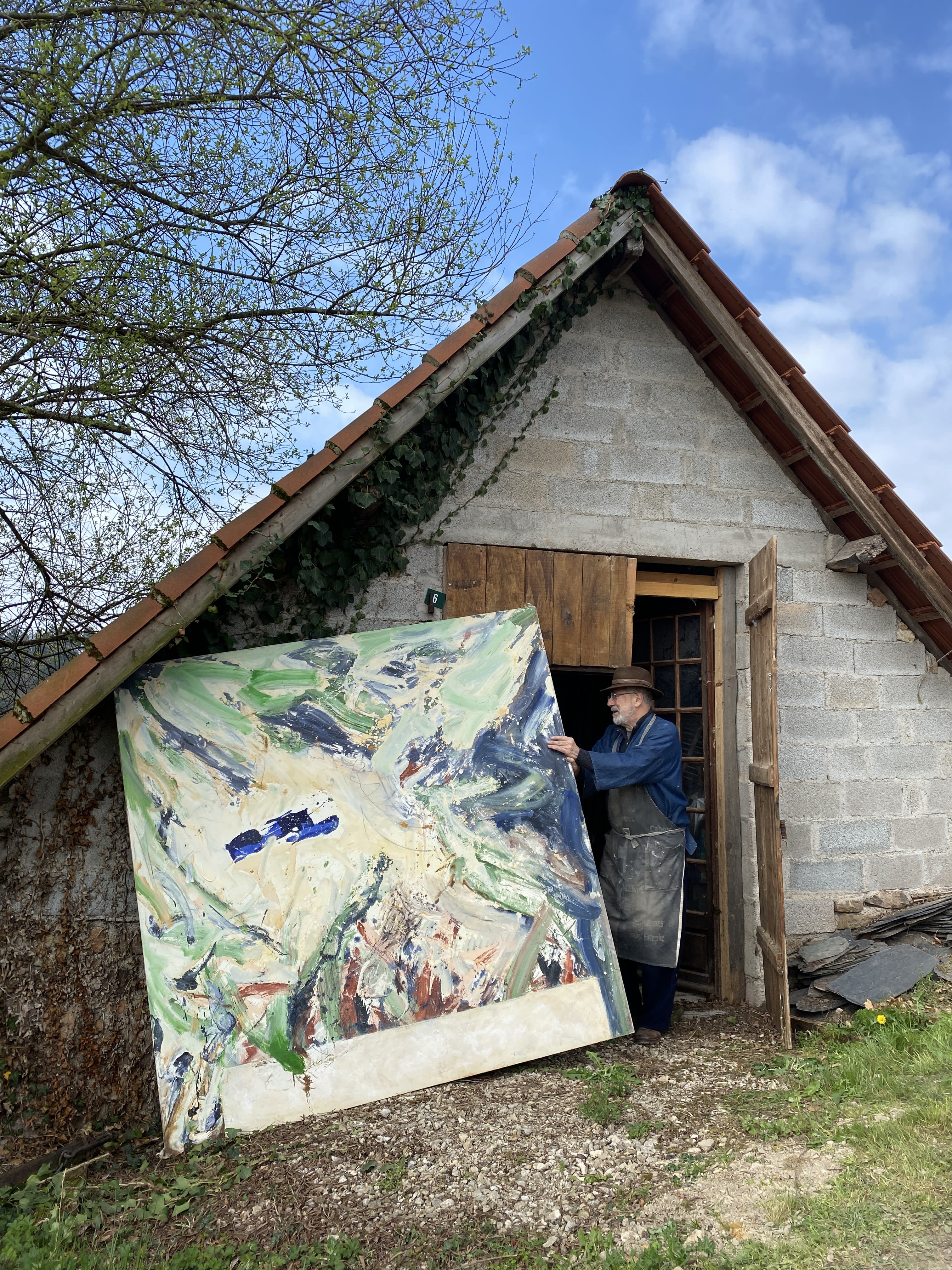
Andoche Praudel
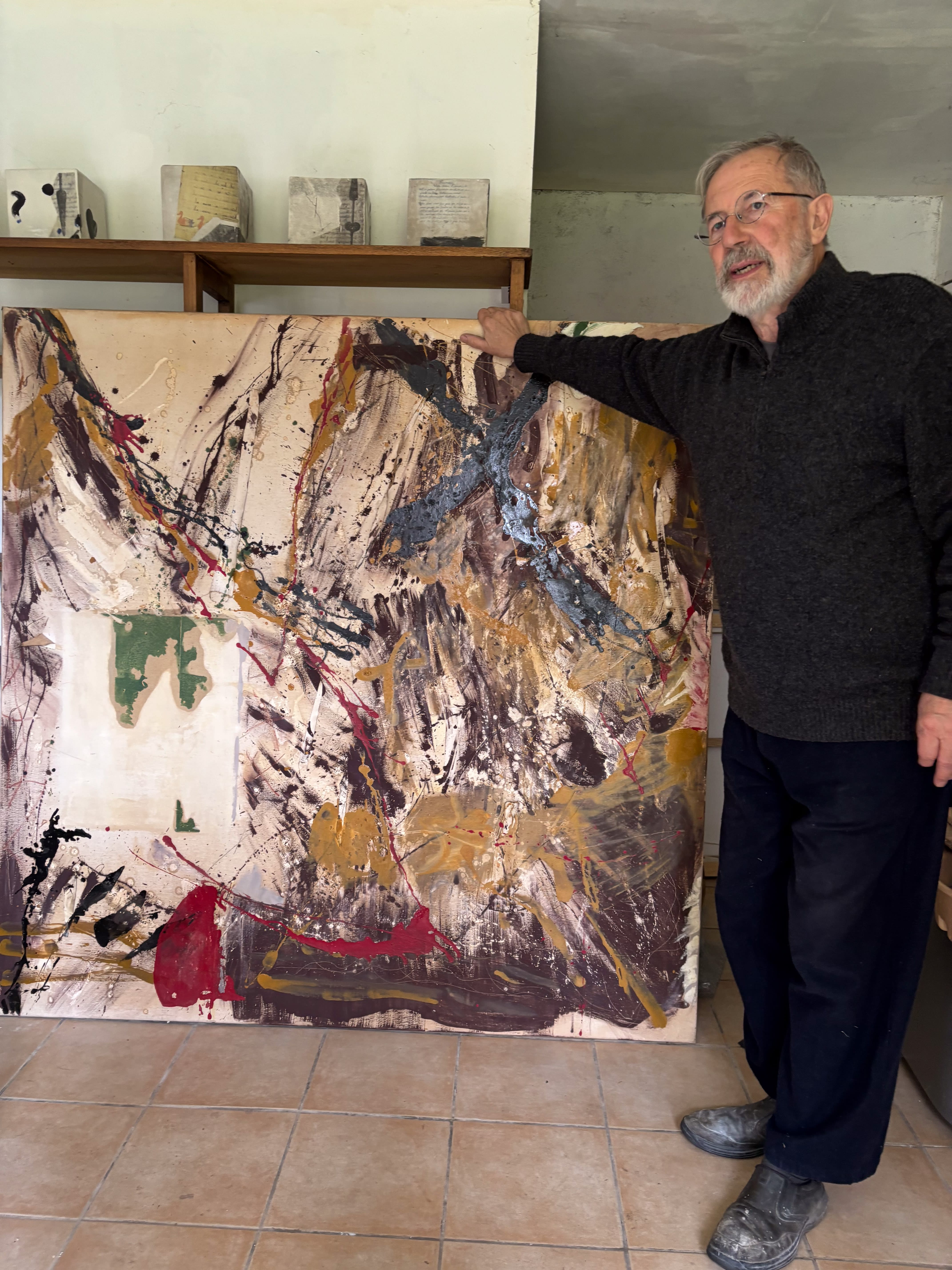
Andoche Praudel
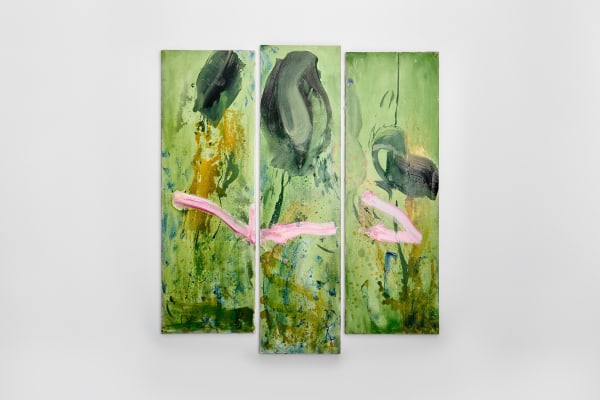
Q2:
This group exhibition is centered around the Japanese garden. Unlike the Western notion of drawing a clear boundary between nature and humankind, the Japanese garden presents a space in which the human and natural world are integrated as one. In working with clay—a raw material born of the earth—and through the transformative, unknowable process of firing, your works come into being. In facing clay as a natural substance, how do you perceive the notion of "self"?
Praudel:
Raku Kichizaemon XV Jikinyu insists he is "not an artist nor a potter." But, viewed from a Western point of view, he is an artist. For sure. In fact we will agree that pottery more than painting allows one to let go and focus on the present moment. We don’t know exactly what will come out from the kiln. But, after all the firing processes, when the ardors of the self must be lowered, the final decision is mine. At that time I can sign my work and I feel myself belong to the movement of world. At that time one is sure they can create beauty (and not only reproduce it).
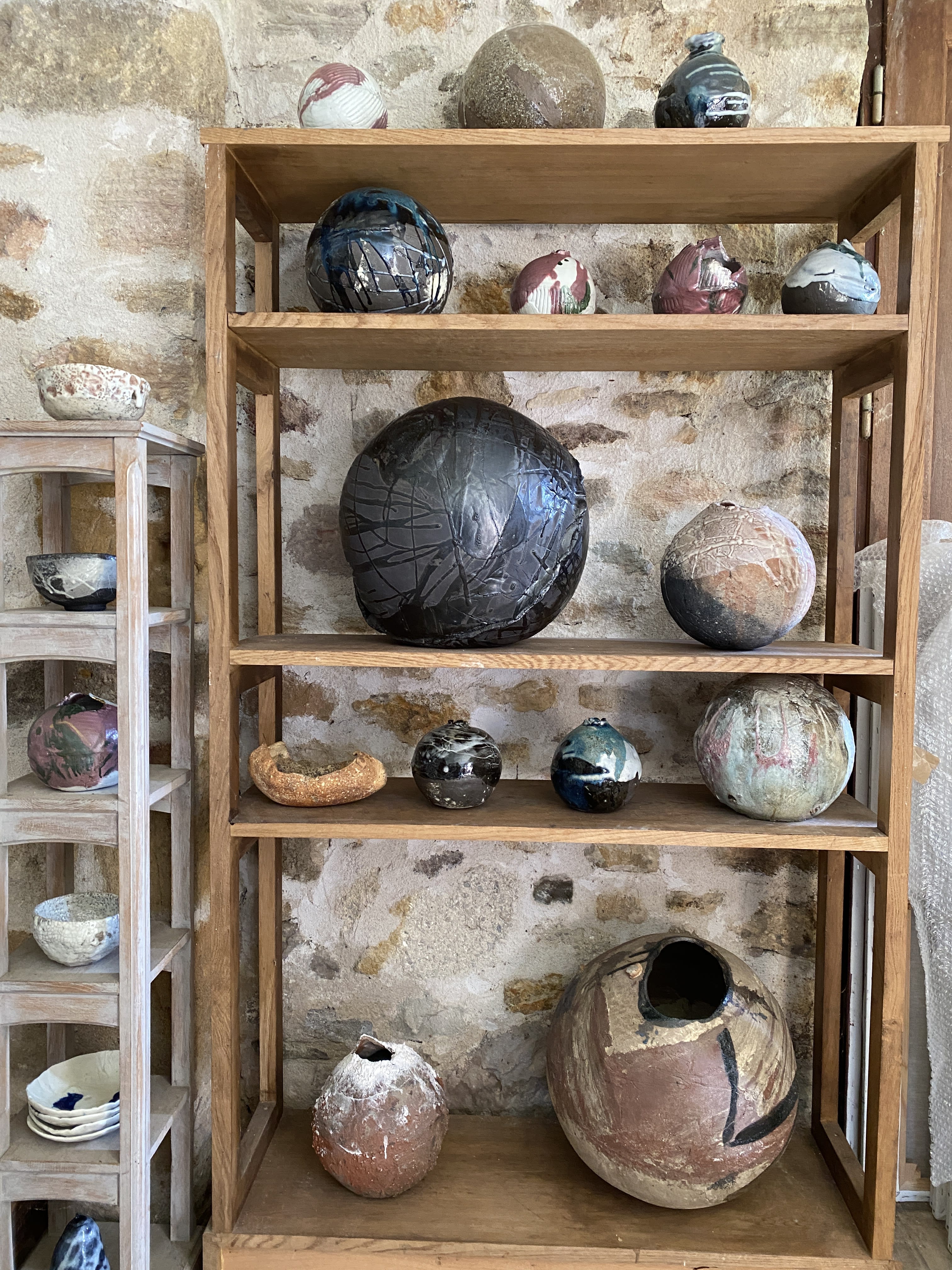
Andoche Praudel
Q3:
You once spoke about the Raku Jikinyū’s words, “a tea bowl is a tea bowl,” in parallel with the phrase “A rose is a rose is a rose.” Hearing this, I immediately recalled D.T. Suzuki’s: “Mountains are not mountains, therefore they are mountains.” To me, the tea bowl exists within the everyday, yet also transcends it—it creates a new dimension of time and space within daily life. This sense of transcendence is not a visual spectacle, but something more subtle. I feel that the Japanese people share this kind of sensibility even without putting it into words. How do you view the relationship between the everyday and the extraordinary?
Praudel:
I follow you exactly. The final meaning is spirituality : we are here, but we belong to a wider world. This is not a question to explore with ships or rockets. We always have the opportunity to discover an inner world and travel it. Sometimes only with the help of a tea bowl. Contemplation is the key; it needs support: "For the self, seeing is entering into the world of things and acting there: it is thinking and acting by becoming the thing. When one sees a flower, one is a flower" — Kitarô Nishida
Nishida speaks of 'the spirit of the spirit,' just as filmmaker Kiju Yoshida titled his work 'Beauty of Beauty.' That is to say, there is always something behind, something more...
If we can find beauty in everyday life (and within people we meet), disasters and wars will remain on the periphery.
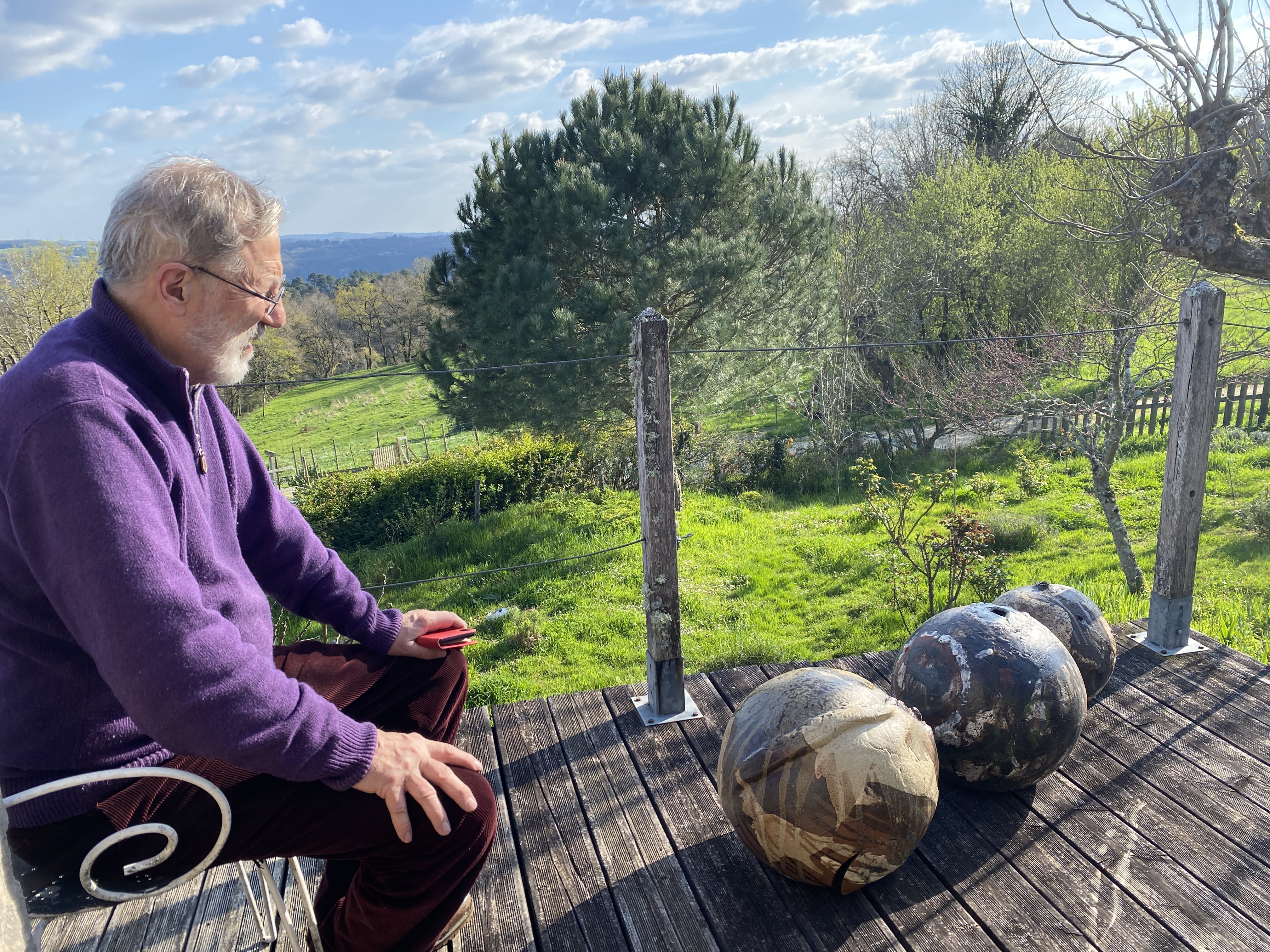
Andoche Praudel
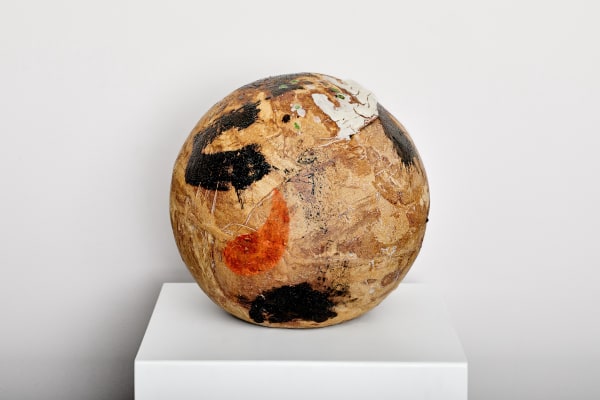
Andoche Praudel, Terra Incognita, 2019, (AP2025NY4)
Q4:
Your work could be compared to traditional Japanese ceramics. You create in France—a place with a completely different climate, culture, and language—your work seems to reflect not the form of Japanese ceramic traditions, but their kokoro (heart). Although putting this into words can feel like a contradiction that risks straying from the essence itself, what aspect of Japanese traditional ceramics or culture resonates with you the most?
Praudel:
I don’t question myself . Since many years. I agree with Raku-san: I don’t matter if I am a potter, a painter, a poet or anything else. To be an artist is only a wish, not a speciality, not a job! Montaigne wrote, "Man, in all and through all, is nothing but patchwork and variegation." However, in truth, we lose any sense of unity unless we rediscover it through Nature. Ceramics allows us to become one with Fire and Earth; painting teaches us the essence of Light and the liquidity of Water. And perhaps, our hands and eyes teach us about Spirit, much like the Air that envelops us.
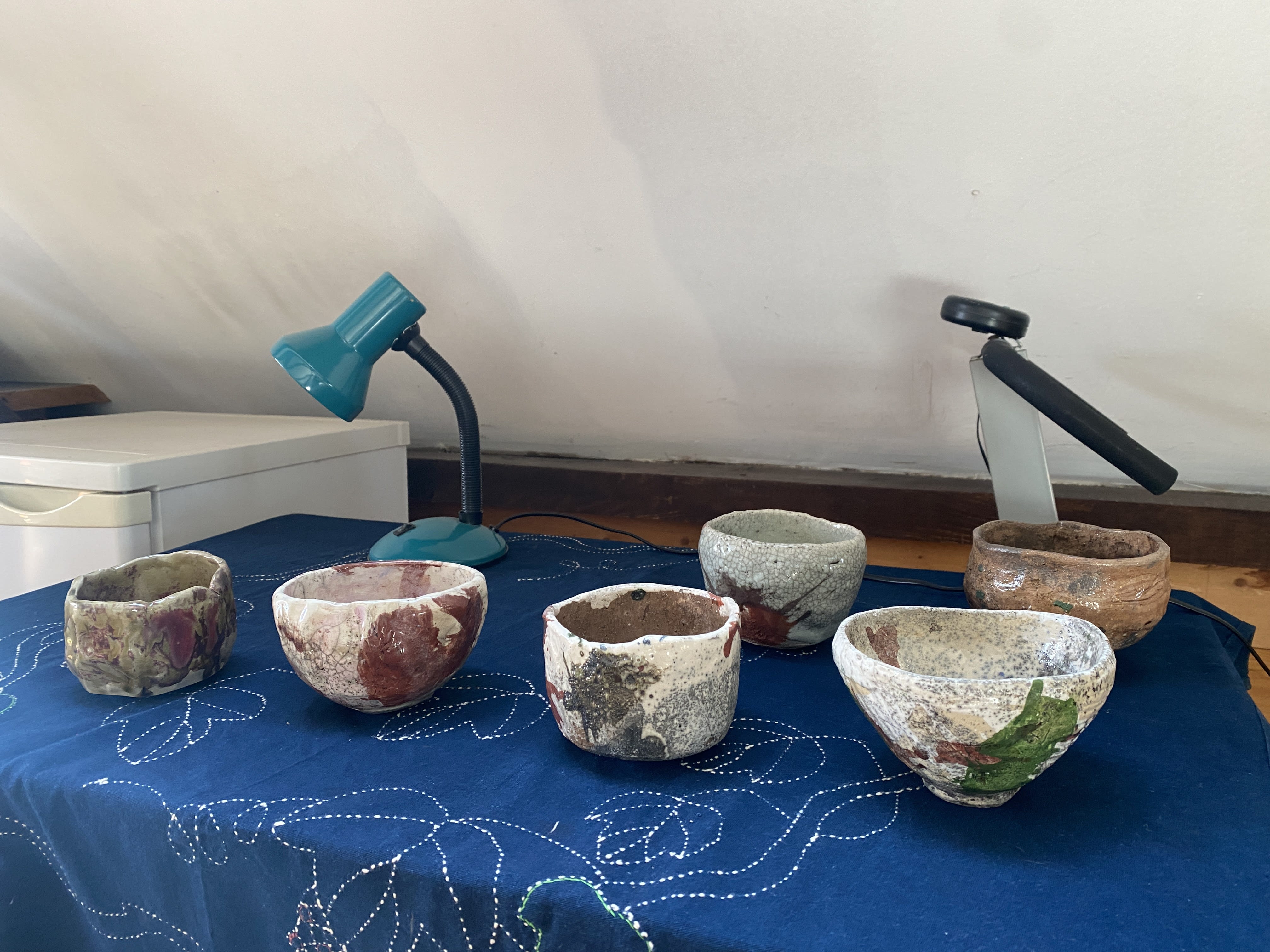
Andoche Praudel
Q5:
What is your next challenge?
Praudel:
I am now 75, I would like to understand the link between different forms that appear disjointed — meaning, perhaps, the joint between I and Others?
To summarize : when I started reading and working on wabi-sabi and Japanese aesthetics (for my book Essai sur la céramique japonaise depuis les origines, Paris, 2001), I realized that the simple, rustic life I had in my childhood as well as the prehistoric paintings which aroused my first artistic emotions, could not be considered as a starting point with a sociological or historical nature, but rather a precious treasure, a foundation on which my whole life rested, definitively. I would not have seen this light without the discovery of Japanese culture.
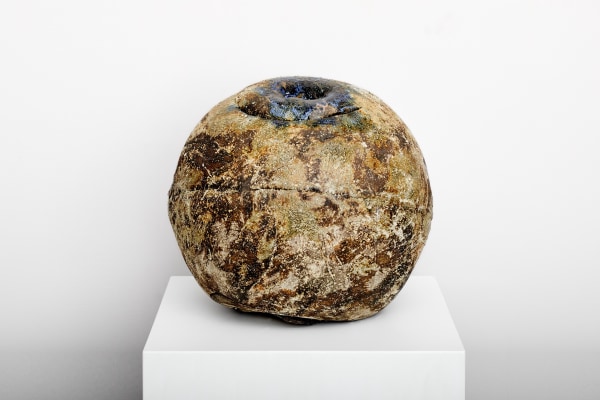
Andoche Praudel, The Waste Land, 2022, (AP2025NY2)
